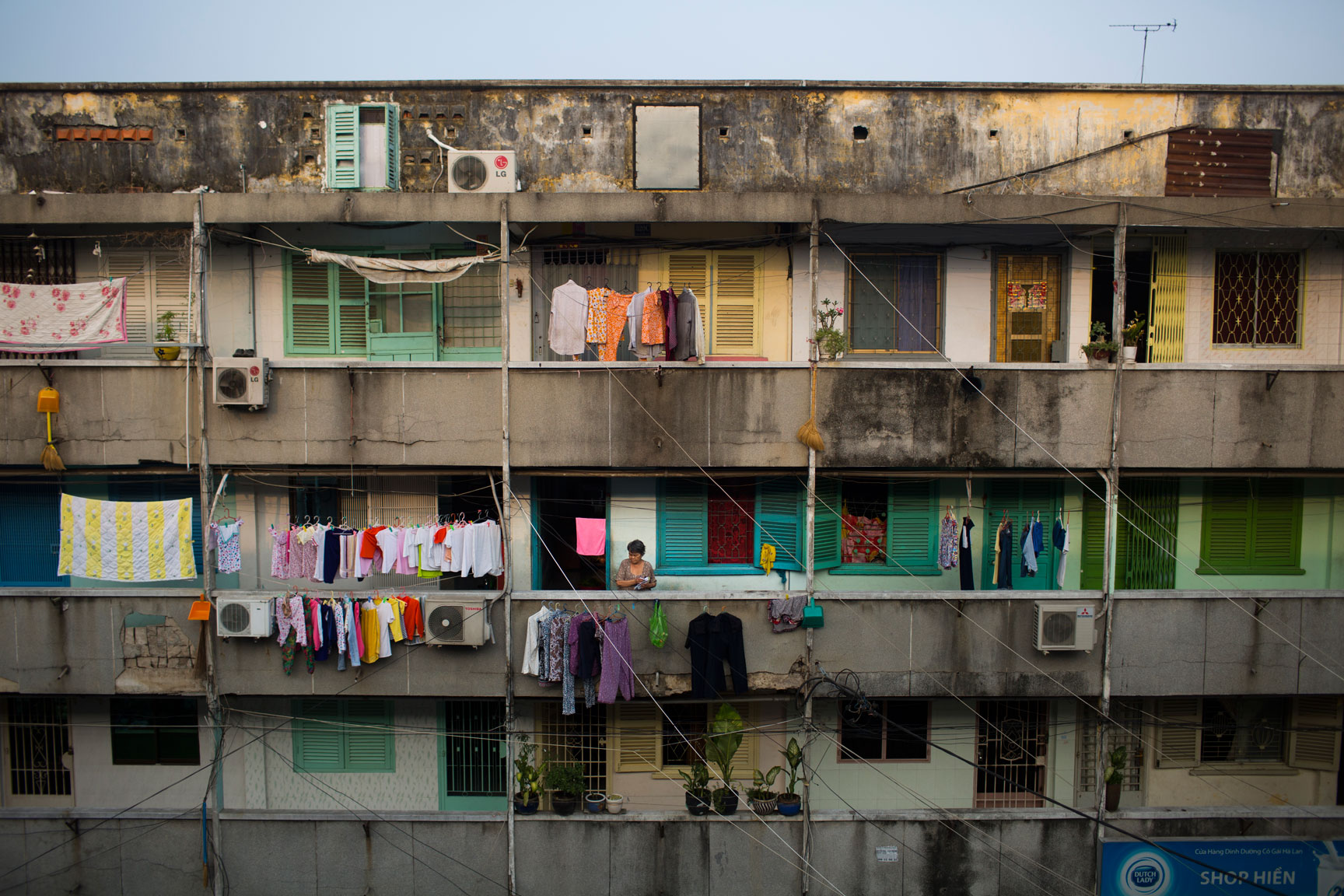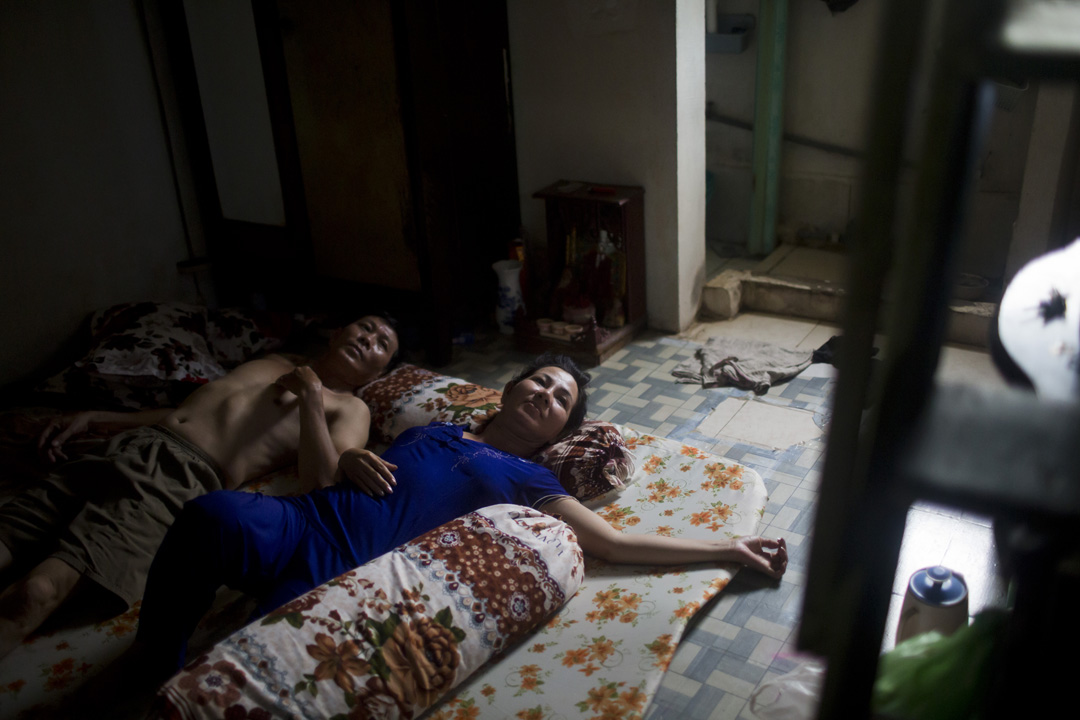
I've reported on tuberculosis all over the world and have seen horrible deficiencies in TB care. When I first arrived in Vietnam and started visiting hospitals and TB clinics, things appeared to be going better than in other countries that I'd visited. The Vietnamese government does try to tightly control the visits of journalists, but by all appearances the health infrastructure is fairly strong and well equipped. In fact, on paper Vietnam seems to be doing quite well in their fight against TB.
The World Bank categorizes the country as lower middle-income, and it has high success rates for treating TB. The main TB hospital in Ho Chi Minh city is clean, well staffed and equipped with all of the latest technology. TB clinics are found all over the city. If you are sick, and know that you are sick, you should be able to get into the healthcare system for treatment.
Still, the World Health Organization lists Vietnam as a country with both a high TB burden and a high multi-drug resistant TB (MDR-TB) burden, and their TB incidence rate has held steady for years. With the appearance of success all around why is TB still infecting and killing so many people in Vietnam? There are two main reasons: TB is an incredibly difficult disease to treat and investing in infrastructure and technology alone is not enough. Vietnam has a high TB treatment success rate, but only 56 percent of TB cases are actually detected.
There is no way to treat patients who don't know that they have TB, and it's estimated that a person with TB who goes untreated will infect between 10 and 15 people every year. So even if things inside the walls of a hospital are running smoothly, it is what is happening outside the clinics and hospitals that is most important.
If there is a good health system in the cities but not in the countryside, then the disease will continue to spread. Because TB is contagious and airborne, no half measures can be effective in ending the disease. That is one of the reasons that the funding gaps we are exploring in this project are so worrying. TB is a powerful disease that is present across the globe. If you don't fully fund the fight against TB, then every dollar you spend will only make a small difference and then be washed away.






